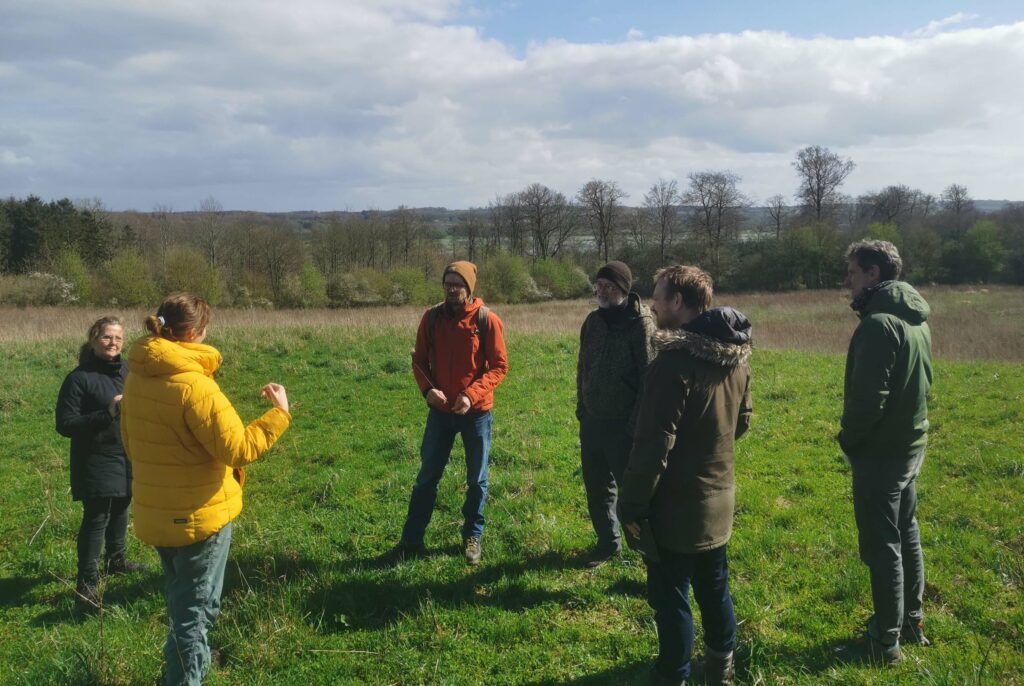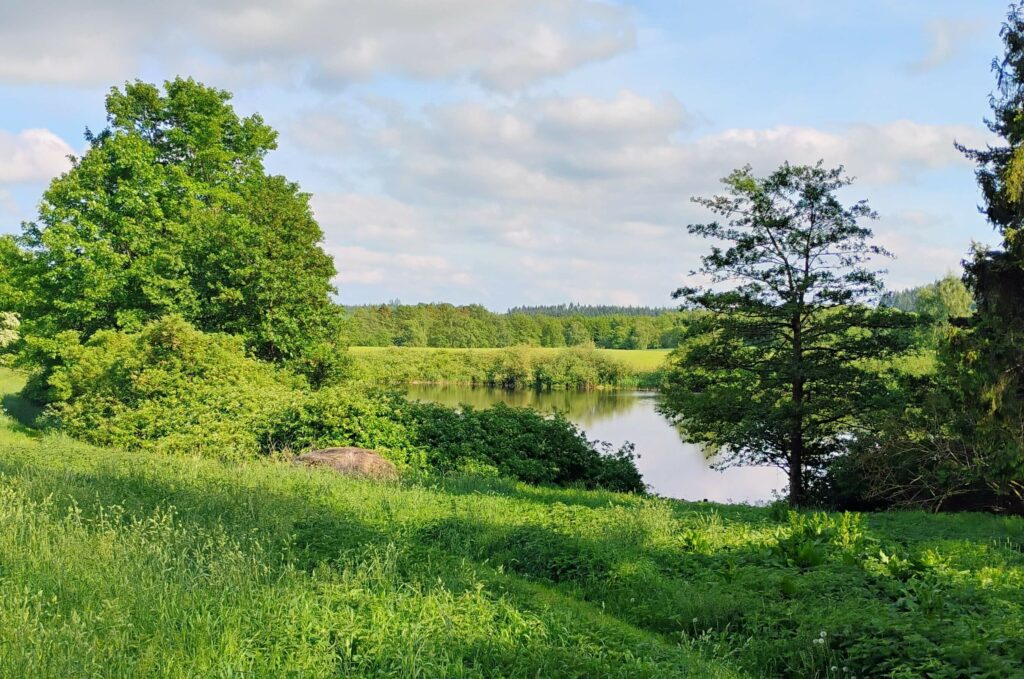

Sustainable land use transitions are a primary pathway to conservation of biodiversity and resources, and reform of land use institutions may help secure continuous generation of wealth and production of public goods in healthy, biodiverse landscapes.
Finding sustainable ways to coexist with other species in a shared environment represents a key challenge currently facing humanity, because human land use is among the principal drivers of biodiversity loss globally. Lans use reform targeting the social structure and social institutions underpinning human land use is therefore receiving increasing attention in policy and planning, both within Europe and globally.
In Europe, EU institutions and member states have agreed on visions of transformative change towards a nature-inclusive future for European land use systems, based on the standpoint that nature forms an inherent, integrated part of human societies and that good human lives include sources of food, energy, building materials, recreation and settlement that are supplied through engagements with nature expressed as land use. Diverse geographical patterns of land use and land cover supply these functions to European societies, comprising complex, extensive mosaics of built-up areas, gardens, agricultural fields, infrastructure corridors, forests, water features, as well as natural and seminatural biotopes that cover most of the European land mass. These are Europe’s living landscapes where human societies historically coevolved with the environment, flora and fauna forming land use patterns suitable for human habitation and production in coexistence with the other species.
However, Europe’s living landscapes are deteriorating, mainly due to changes in human land use in the last century where industrialised, monotone, high yielding and fossil-powered modern land use technologies, architectures and development patterns became dominant spatially and economically.
This opens up a range of fundamental questions regarding how human land use can be understood in relation to environments, how such relationships can be transformed and made increasingly sustainable, and through what planning and management processes this can be facilitated. In the lab we address these questions by taking Europe’s landscapes as the point of departure. On this basis we investigate how trajectories of change can be mapped and how policy and planning interventions for transformative change can be designed to approach sustainable patterns of land use.
Current projects on this theme emphasize: (1) High resolution modelling of landscape systems (geo-systems) with a focus on critical feedbacks between human societies and their landscapes; (2) Living lab experiments with social-ecological transformation processes; and (3) Spatially explicit decision support for agents and decision makers. These activities have led to the design and testing of a suite of spatial land resource models and associated land use decision support tools in the lab. They include:
GeoTope:
GeoTope is a model of physical landscapes. It can be used to assess the biophysical suitability of plots of land for specific land uses, independently of how those lands are used today. The model comprises an automated method to delineate landscape systems (geosystems) consisting of environmentally meaningful land units (geotopes).
LandAllocate:
A decision support tool allowing users to identify areas suitable for specific land uses, using workflows in an easy to use graphical user interface. The model takes the GeoTope map database as its input. The model comprises a QGIS plugin (currently a functional prototype), which provides users with a graphical user interface for making queries in the GeoTope model. By using LandAllocate the user is empowered to ask questions about where the best areas of land are located for specific land uses, based on the potentials and limitations of the land.
Researchers:
Image credits: xxxxx, xxxx, xxxxxx
0 0
